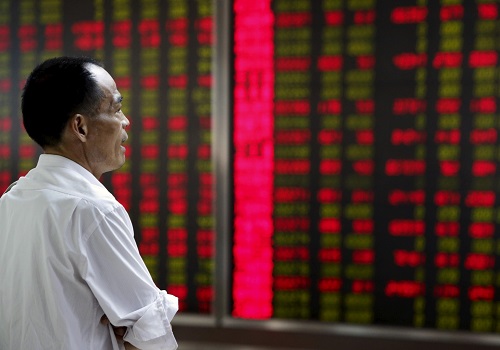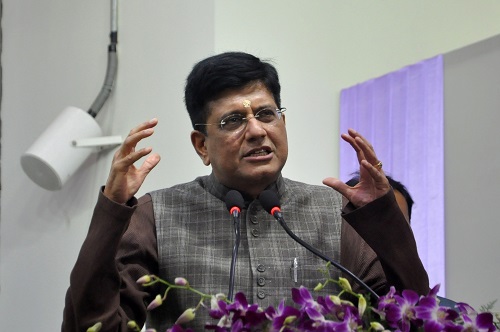Opening Bell : Markets likely to get yet another negative start
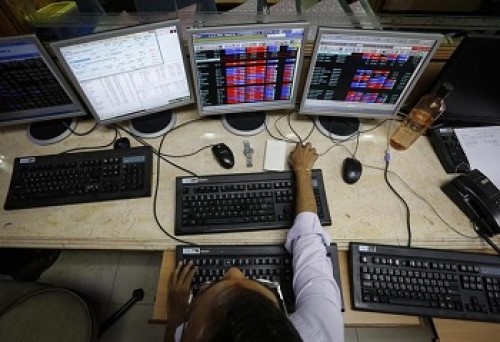
Follow us Now on Telegram ! Get daily 10 - 12 important updates on Business, Finance and Investment. Join our Telegram Channel
Indian markets stayed under pressure and settled in red zone on Tuesday amid a downbeat global sentiment. Today, markets are likely to get yet another negative start following overnight losses on Wall Street as well as weakness in Asian counterparts amid soaring US Treasuries. Persistent foreign fund outflows likely to hurt domestic sentiments. Provisional data from the National Stock Exchange (NSE) showed that foreign institutional investors (FII) offloaded shares worth Rs 2,034.14 crore on October 3. Traders will be concerned as the World Bank increased its retail inflation forecast for India for 2023-24 to 5.9 per cent from the 5.2 per cent estimate made in April. Its economic growth forecast for the country remains at 6.3 per cent, underpinned by strong investment growth. It said abnormal rainfall during the monsoon months caused a sharp increase in food prices in July 2023. Though eased in August, it is expected to continue to weigh on headline inflation through the rest of the fiscal year. Meanwhile, market regulator Sebi has announced the introduction of a centralized system for reporting and verifying the death of an investor. This is aimed at streamlining the process of transferring assets in the securities market. Railways stocks will be focus as data released by the ministry of railways showed that after months of sluggish growth, movement of goods through Indian Railways recorded a growth of 6.67 per cent in September, with 123.53 million tonnes (mt) of volumes achieved. There will be some reaction in edible oil industry stocks with a private report that the government is aiming to increase domestic palm oil production from current level of 0.35 million tonne (MT) to a MT by 2030 under the national oil palm mission through adding at least 0.1 million hectare (MH) of new plantation annually in the five to six years. Moreover, shares of Updater Services to list today.
The US markets ended lower on Tuesday after job openings data indicated the labor market is still strong and bond yields marched higher. Asian markets are trading in red on Wednesday following the broadly negative cues from global markets overnight.
Back home, Indian equity benchmarks ended lower on Tuesday amid a downbeat global sentiment and widespread selling. The markets opened slightly down and extended the losses as the day progressed as traders were concerned with a finance ministry report stating that the government’s total gross debt increased by 2.2 per cent quarter-on-quarter to Rs 159.53 lakh crore in April-June this fiscal. Some concern also came with FIEO report stating that India's labour-intensive export sectors such as apparels, marine products, plastics, and gems and jewellery are showing a ‘troubling pattern’ as the country is experiencing a decline in global market share across these segments during the last five years. Sentiments remained down-beat as a private survey showed India's factory activity expanded at the slowest pace in five months in September but remained solid, with strong demand driving business confidence to its highest level this year, despite increased inflationary pressures. The Manufacturing Purchasing Managers' Index, compiled by S&P Global, fell to 57.5 last month from 58.6 in August. Markets continued to trade under selling pressure in late afternoon session amid reports that FPIs have turned net sellers and pulled out of over Rs 14,767 crore from Indian equities in September, primarily due to dollar appreciation, steady rise in the US bond yields, and a spike in crude oil prices. Traders overlooked Chief Economic Advisor (CEA) V Anantha Nageswaran’s statement that the country’s economy is poised to grow at an average of 6.5 per cent annually between 2023 and 2030. He said the global economy is going to witness a period of uncertainty, and India has to plug into the global supply chain and make itself attractive for the China-plus one strategy. Traders also paid no heed towards data showing that output of eight core industries rose to a 14-month high of 12.1 percent in August 2023 as against 4.2 percent a year ago, mainly due to expansion in production of coal, crude oil, and natural gas. Core sector growth in July 2023 was 8.4 percent. Meanwhile, the data released by the Controller General of Accounts (CGA) showed the Centre's fiscal deficit in the first five months of 2023-24 touched 36 per cent of the full-year target. In absolute terms, the fiscal deficit -- the gap between expenditure and revenue -- was Rs 6.42 lakh crore as of August-end. Finally, the BSE Sensex fell 316.31 points or 0.48% to 65,512.10 and the CNX Nifty was down by 109.55 points or 0.56% to 19,528.75.
Above views are of the author and not of the website kindly read disclaimer








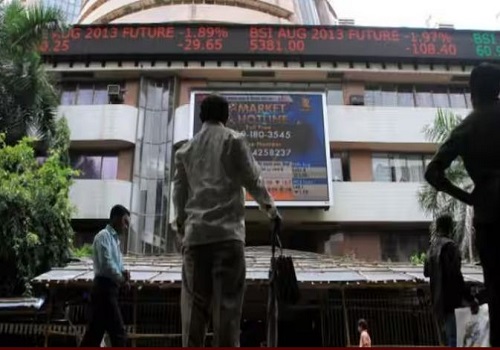

Tag News

Quote on?Market Wrap by Shrikant Chouhan, Head Equity Research, Kotak Securities


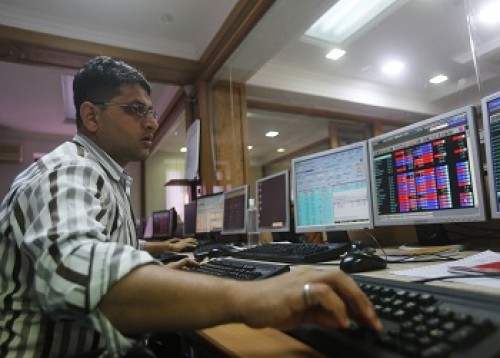
More News
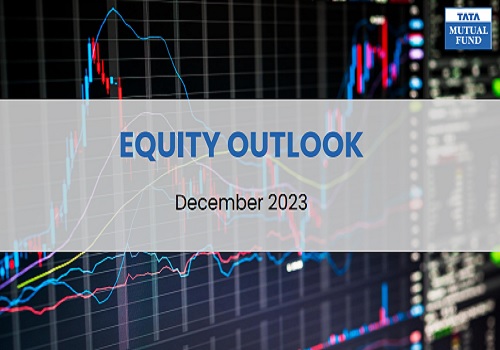
Equity Outlook December 2023 By Tata Mutual Fund

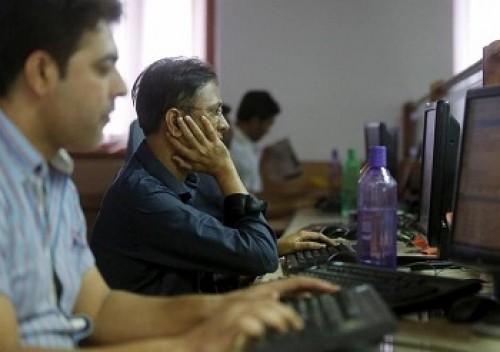
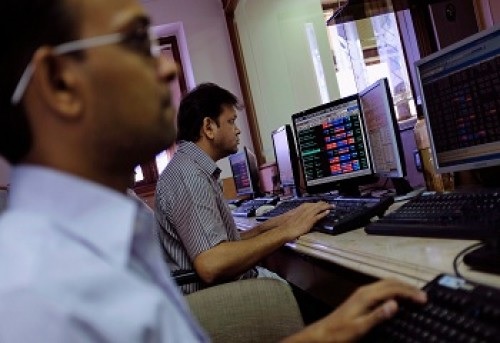


 320-x-100_uti_gold.jpg" alt="Advertisement">
320-x-100_uti_gold.jpg" alt="Advertisement">


